Places of Myth
43 The Theatre
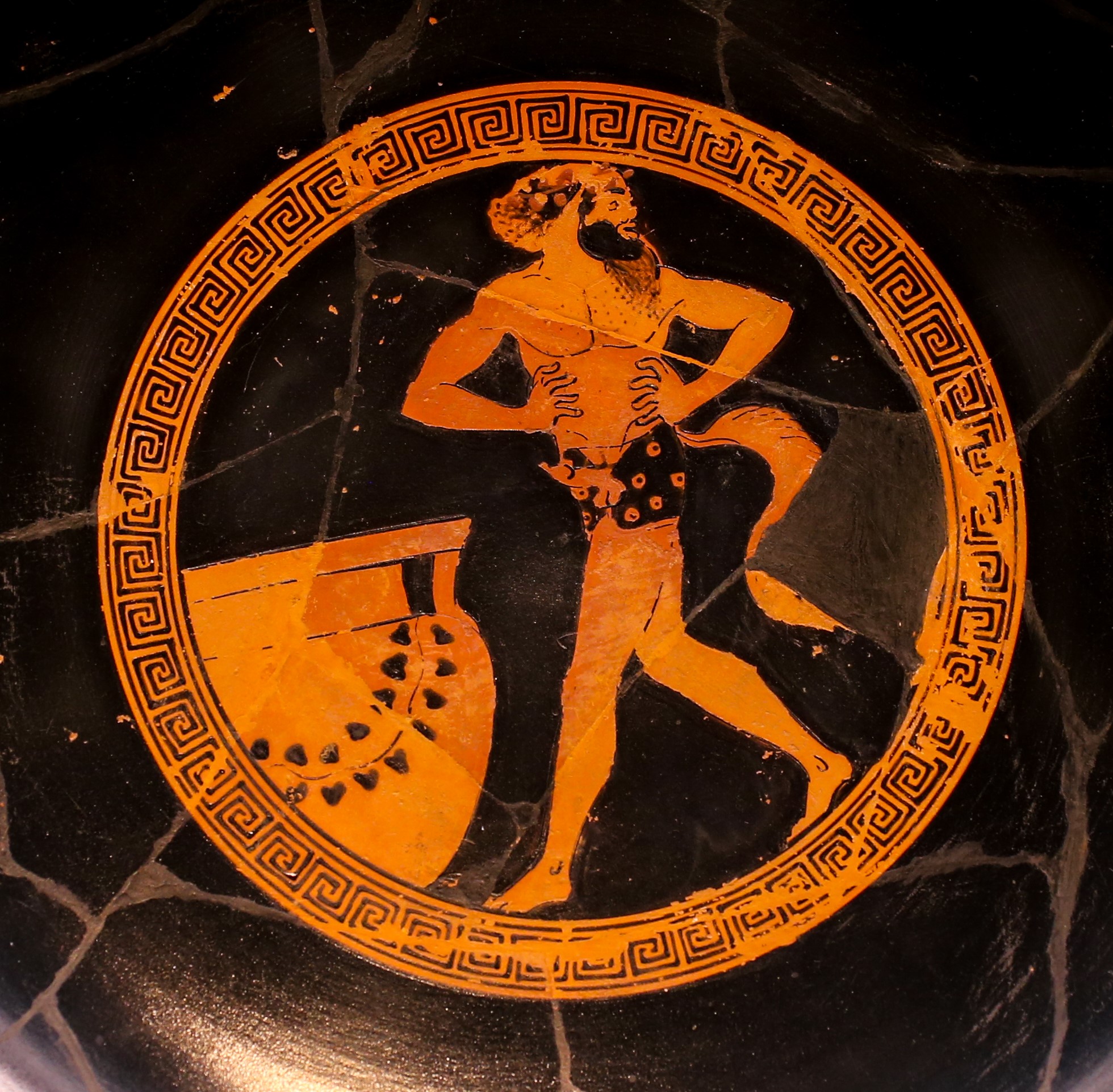
Theatrical Festivals in Ancient Athens
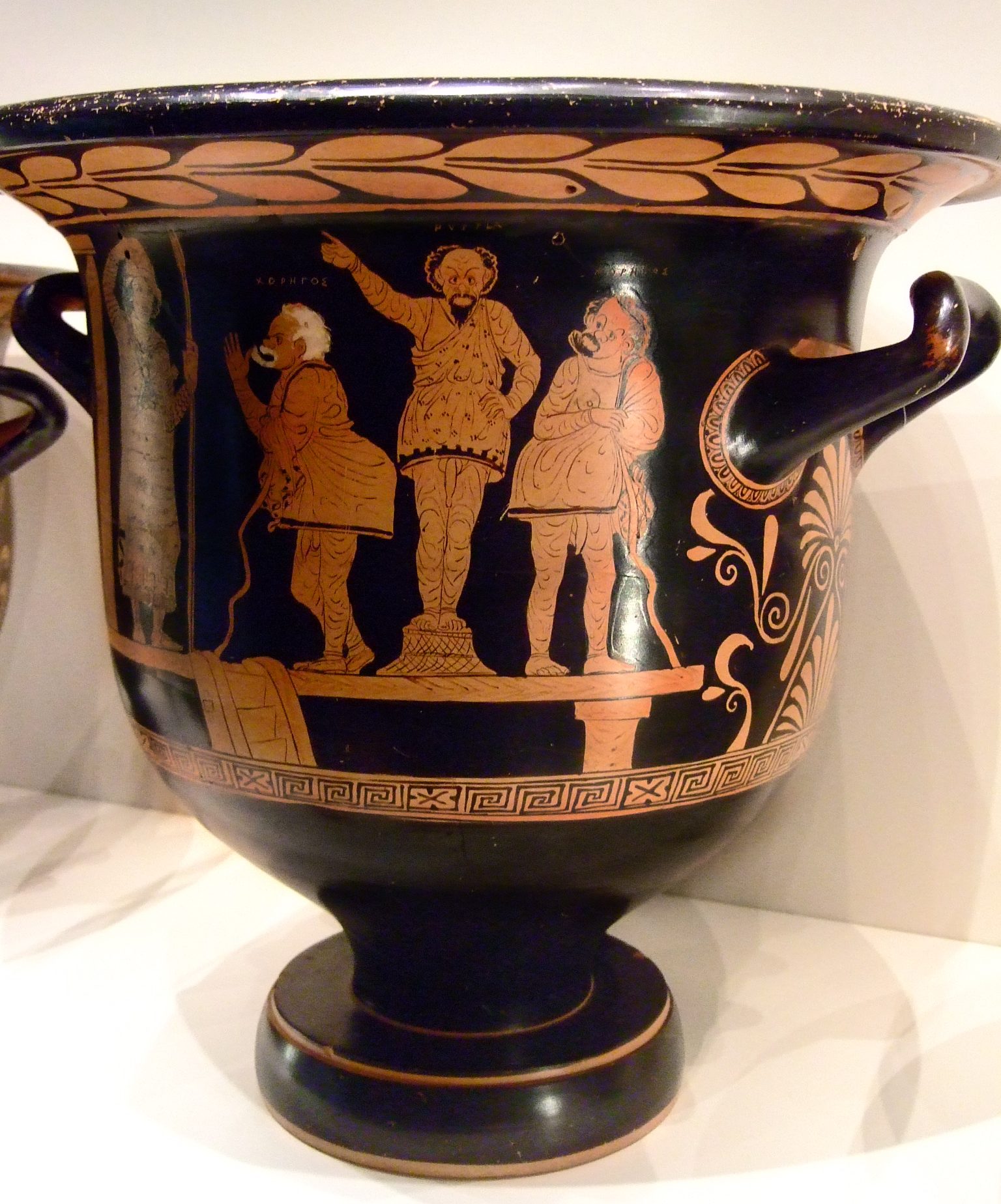
One of our biggest and earliest sources for ancient Greek myth is the collection of tragic plays that survive from 5th century BCE Athens. The theatre was an important civic, religious, and political space for the ancient Athenians. Many of the plays from this period explored and processed modern events using mythological themes, such as those included in epic poetry (the Iliad or the Odyssey). Some of the most famous surviving Greek plays include Sophocles’ Antigone and Euripides’ Medea.
These performances in 5th century BCE Athens took place during two major, multi-day religious festivals in honour of the god Dionysus. The first festival, called the Lenaia, took place in the ancient Greek month of Gemelion, which corresponds roughly to January. This was a smaller scale, local festival that involved ritual processions, sacrifices, and theatrical performances. Wealthy citizens, called choregoi (literally, ‘leaders of the chorus’), were responsible for funding playwrights and dramatic choruses, who would spend the year preparing original material for the festival. In the first half of the 5th century BCE, five comic playwrights competed. Then in the later half of the century, a competition in tragic plays was added as well. The three most famous tragic dramatists from the 5th century were Aeschylus, Sophocles and Euripides. All playwrights competed against one other in order to win prizes within their category.
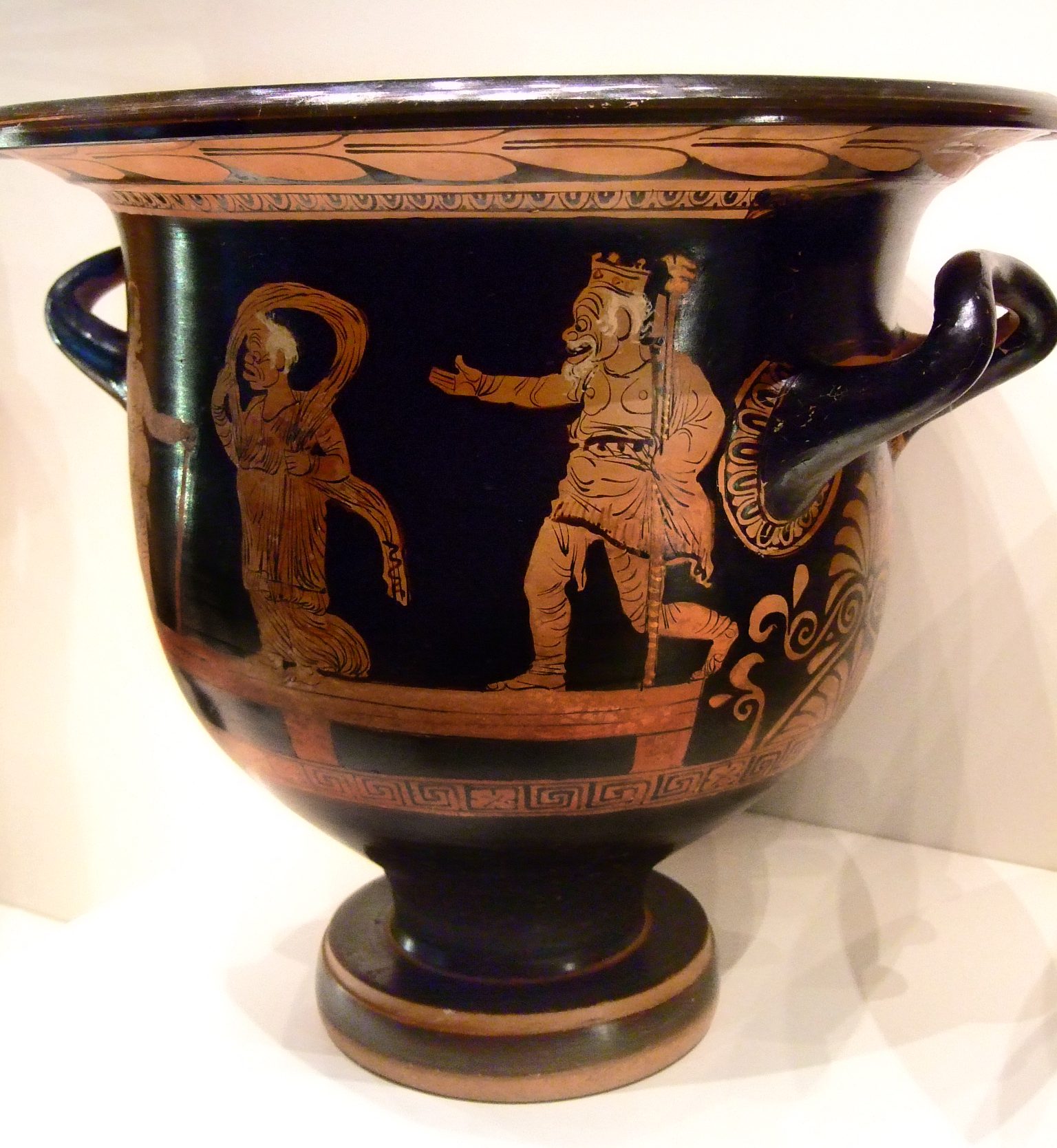
The second, much larger, international festival, was the Great Dionysia, which was held during the month of Elephebolion, roughly corresponding to our March-April. Five days of the festival were set aside for performances: three days for tragic plays, and two days for dithyrambic competition and comic plays. The tragic playwrights, along with their actors and choruses, would put on a tragic trilogy (three plays on a connected theme) plus one satyr play. Satyr plays were farcical plays involving satyrs (half man/ half goat creatures) as characters, usually on a similar or complementary theme to the preceding tragic trilogy. The only full tragic trilogy that survives from 5th century Athens is Aeschylus’ Oresteia, however, its satyr play is missing.
Plays were originally performed by a single actor and a chorus. Actors were able to perform as multiple characters by wearing masks, which audiences understood to represent different mythological figures. Nonetheless, over time, tragedians added a second actor, and then a third.
The chorus of Greek drama emerged from ritual traditions of song and dance. In tragedy, the chorus was made up of about twelve to fifteen young men. The chorus represented a larger group that could comment on the action throughout the plays, and also provide context on the play’s mythological background. The tragic choruses of many surviving plays are composed of the elderly, who could offer a traditional perspective or lament the loss of their youth and good fortune.
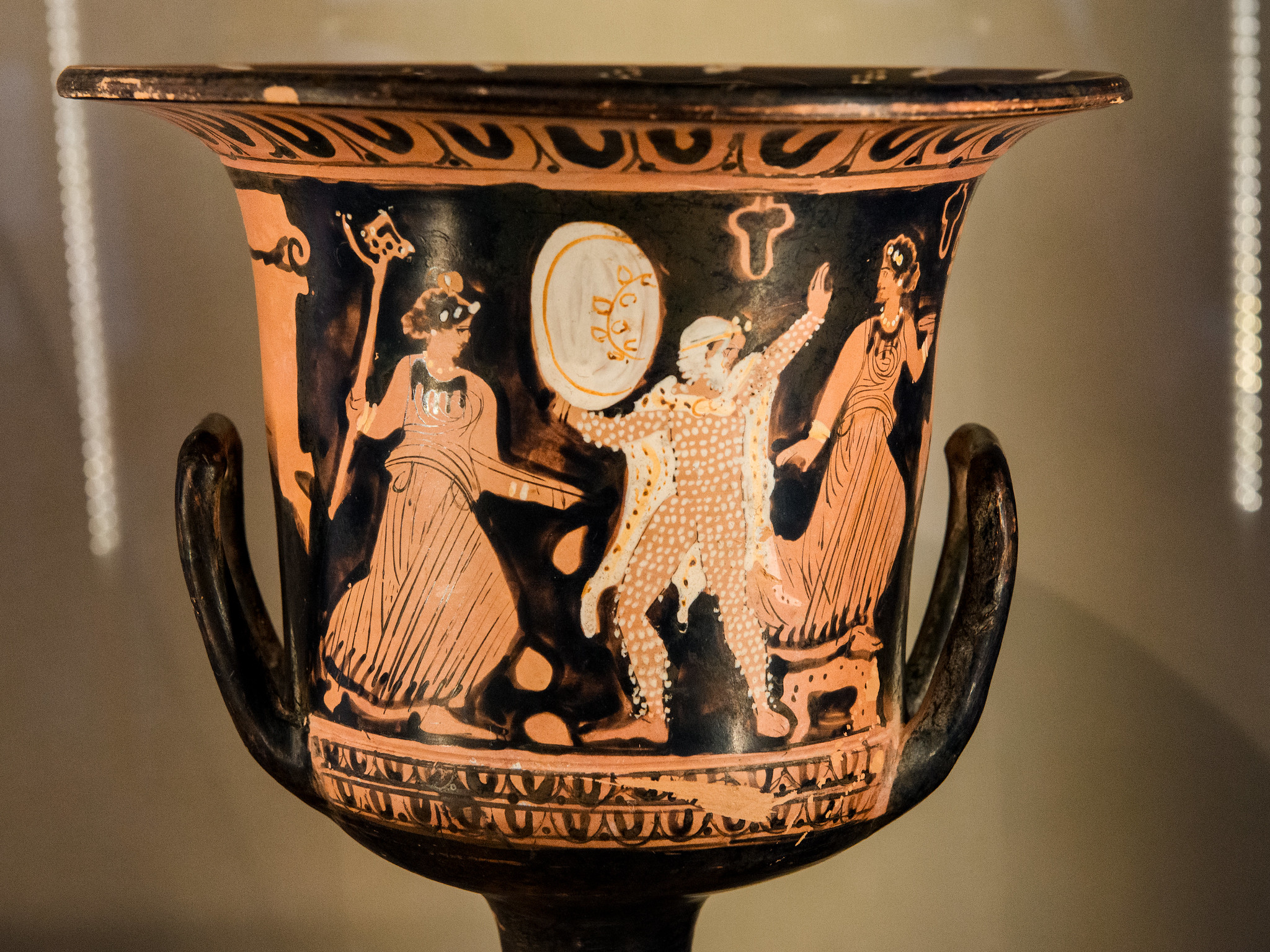
The Theatre of Dionysus
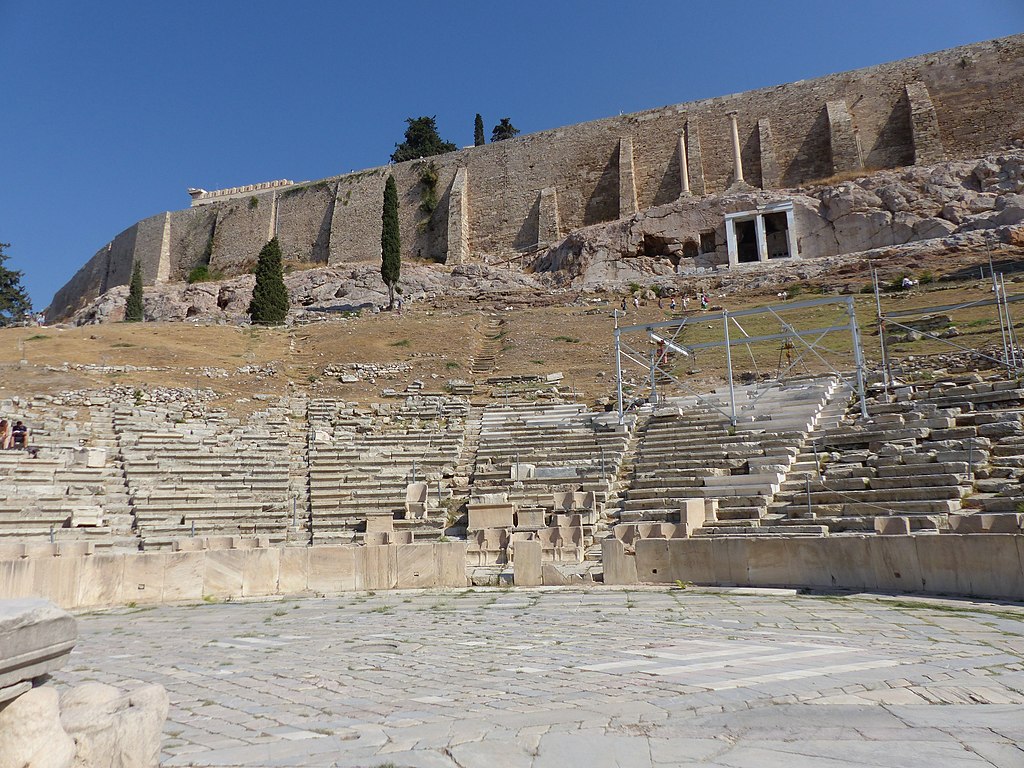
The theatrical performances at the Lenaia and the Great Dionysia took place in the Theatre of Dionysus, on the southern slope of the Athenian Acropolis. The stone benches of the amphitheatre were built right into the slope of the hill, rising on steep terraces above the semicircular orchestra where the chorus performed. Behind the orchestra was the stage where the actors performed. At its peek capacity in the 4th century BCE, the Theatre of Dionysus would have held 17,000 audience members. The theatre was continually in use through the first few centuries CE, and the remains of it can still be seen in Athens today.
Many other large, open-air theatres throughout the Mediterranean were built off of the model of the Theatre of Dionysus. Many of the largest and most well preserved theatre structures come from the Roman Imperial period. Additionally, the most popular tragic plays from 5th century Athens were re-performed for many centuries throughout Greece and then Rome.
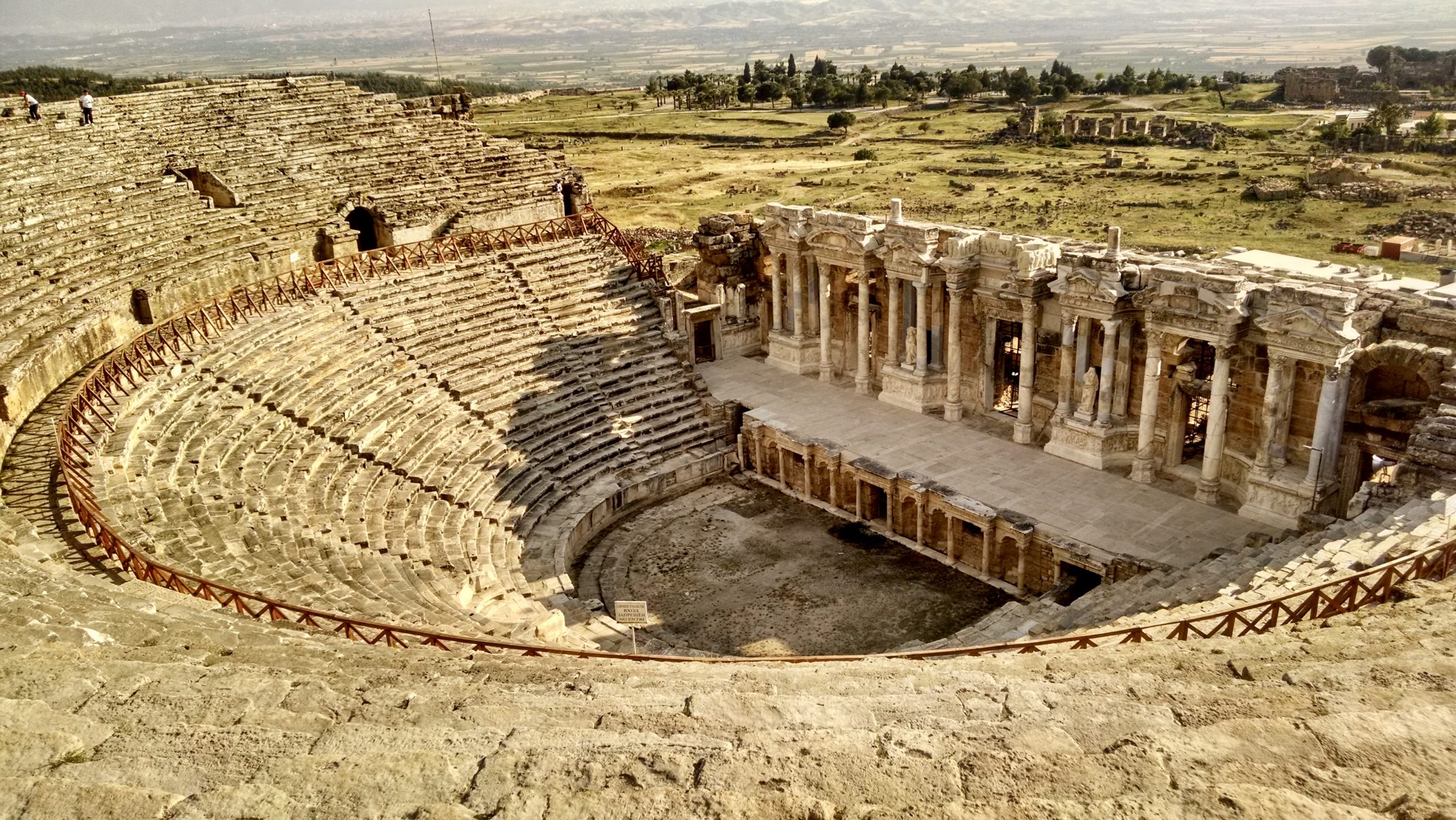
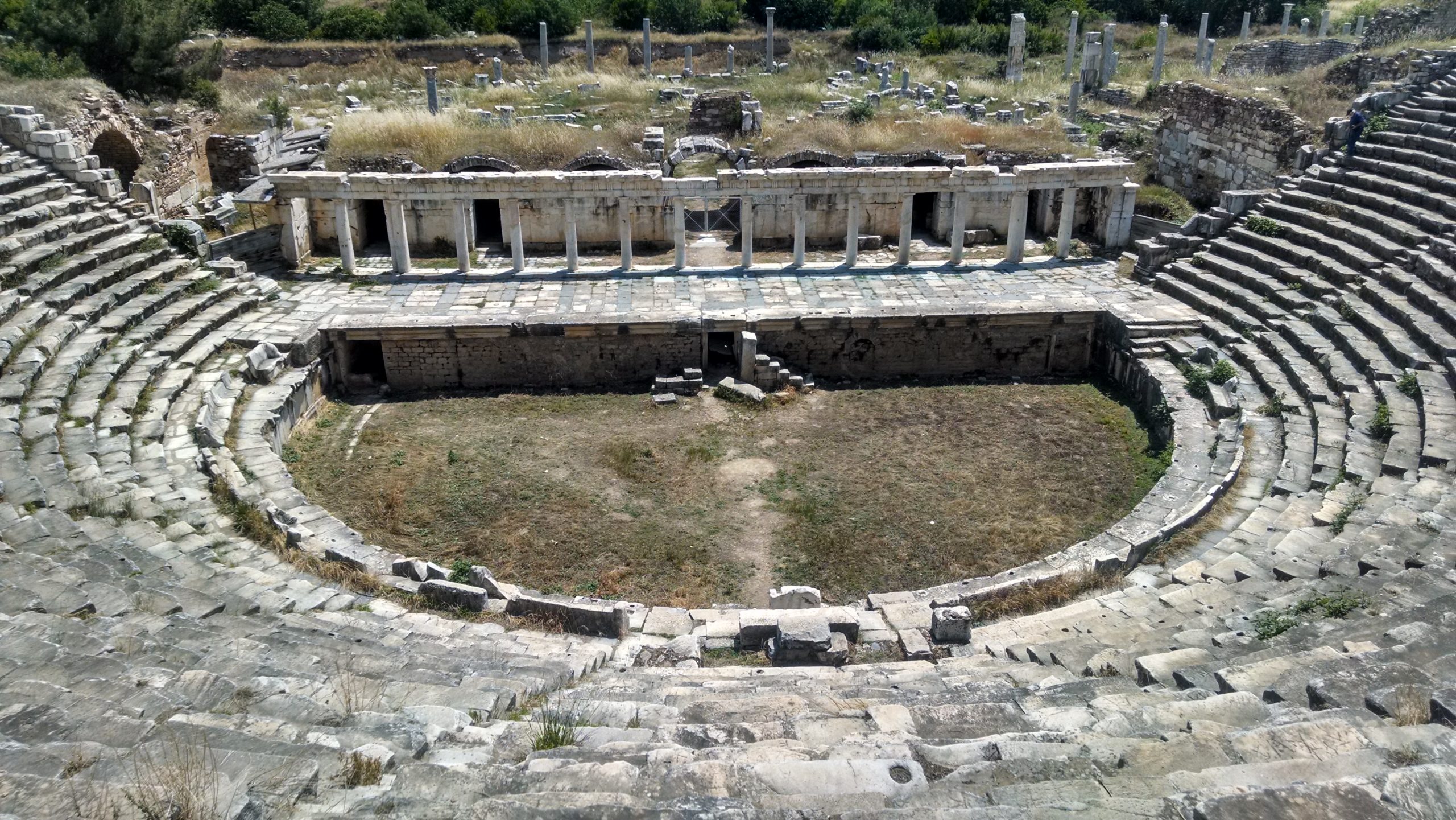
Aristotle on the Theatre
Sections & Primary Sources
The Poetics
In the 4th century BCE, the philosopher and natural scientist, Aristotle, attempted a systematic treatment of poetry in his work, the Poetics. Most of the surviving portions of the work concerns the writing of tragic plays. Aristotle both analyzes the art form and offers his own prescriptive advice for what themes, styles, and techniques make for the most compelling tragic dramas. For example, Aristotle believed that the plot of a tragedy should follow a specific formal structure, as alluded to in the selection below. This structure included a “reversal” (a sudden change in the plot), a “recognition” (a change in the characters from ignorance to knowledge), and “suffering” (some destructive and painful action, directly resulting from the reversal and recognition).
Aristotle, Poetics, Book 17 (trans. S. H. Butcher, adapted by L. Zhang and P. Rogak)
Greek treatise, 4th century BCE
In constructing the plot and working it out with the proper diction, the poet should place the scene, as much as possible, before his eyes. In this way, seeing everything with the utmost vividness, as if he were a spectator of the action, he will discover what is in keeping with it, and be most unlikely to overlook inconsistencies. The need for such a rule is shown by the fault found in Carcinus.[1] Amphiaraus was on his way from the temple. This fact escaped the observation of one who did not see the situation. On the stage, however, the piece failed, the audience being offended at the oversight.
Again, the poet should work out his play, to the best of his power, with appropriate gestures; for those who feel emotion are most convincing through natural sympathy with the characters they represent; and one who is agitated storms, one who is angry rages, with the most life-like reality. Therefore poetry implies either a happy gift of nature or a strain of madness. In the one case a man can take the mould of any character; in the other, he is lifted out of his proper self.
As for the story, whether the poet takes it ready-made or constructs it for himself, he should first sketch its general outline, and then fill in the episodes and amplify in detail. The general plan may be illustrated by the Iphigenia. A young girl is sacrificed; she disappears mysteriously from the eyes of those who sacrificed her. She is transported to another country, where the custom is to offer up all strangers to the goddess. To this ministry she is appointed. Some time later her own brother happens to arrive. The fact that the oracle for some reason ordered him to go there, is outside the general plan of the play. The purpose, again, of his coming is outside the action proper. However, he comes, he is seized, and, when on the point of being sacrificed, reveals who he is. The mode of recognition may be either that of Euripides or of Polyidus, in whose play he exclaims very naturally:—’So it was not my sister only, but I too, who was doomed to be sacrificed’; and by that remark he is saved.
After this, the names being once given, it remains to fill in the episodes. We must see that they are relevant to the action. In the case of Orestes, for example, there is the madness which led to his capture, and his deliverance by means of the purificatory rite. In the drama, the episodes are short, but it is these that give extension to Epic poetry. Thus the story of the Odyssey can be stated briefly. A certain man is absent from home for many years; he is jealously watched by Poseidon, and left desolate. Meanwhile his home is in a wretched plight—suitors are wasting his substance and plotting against his son. At length, tempest-tossed, he himself arrives; he makes certain persons acquainted with him; he attacks the suitors with his own hand, and is himself preserved while he destroys them. This is the essence of the plot; the rest is episodes.
Taken from: https://www.gutenberg.org/files/1974/1974-h/1974-h.htm#link2H_4_0019
Media Attributions and Footnotes
Media Attributions
- Makron ARV 475 267 actor dressed as satyr at column-krater – man and boy and youth – three youths © ArchaiOptix is licensed under a CC BY-SA (Attribution ShareAlike) license
- Red-figured Bell Krater with Phlyax Theater Scene Greek made in Pulia South Italy about 380 BCE attributed to the Choregos Painter Terracotta © Mary Harrsch is licensed under a CC BY (Attribution) license
- Red-figured Bell Krater with a scene of Phlyax actors Greek made in Apulia South Italy 370-360 BCE attributed to the Cotugno Painter Terracotta (2) © Mary Harrsch is licensed under a CC BY (Attribution) license
- Dionysiac Thiasos on stage – II © Egisto Sani is licensed under a CC BY-NC (Attribution NonCommercial) license
- Teatro de Dioniso, Atenas, Grecia, 2019 01 © Benjamín Núñez González is licensed under a CC BY-SA (Attribution ShareAlike) license
- 22A1413D-9B04-4712-A403-5F958E3450B0_1_201_a © Tara Mulder is licensed under a CC BY-NC (Attribution NonCommercial) license
- Theatre at Aphrodisias © Tara Mulder is licensed under a CC BY-NC (Attribution NonCommercial) license
- Carcinus was a fairly unsuccessful tragedian from the 5th century BCE. Amphiaraus is a character from Carcinus' play Amphiaraus. ↵
Greek: Dionysus
Roman: Bacchus
God of wine and revelry.
See chapter 15.
A daughter of Agamemnon and Clytemnestra, and sister of Orestes and Electra. Known for being sacrificed to Artemis by her father, and (in some versions) for being made immortal upon her death.
Featured in chapter 13, chapter 26, and chapter 30.
A son of Agamemnon and Clytemnestra, and brother of Iphigenia and Electra. Known for killing his mother as revenge for her killing of Agamemnon.
Featured in chapter 9 and chapter 30. Also appears in chapter 26.
Greek: Poseidon
Roman: Neptune
God of the sea.
See chapter 7.
A group of men of Ithaca who, believing Odysseus to have died, court Penelope and take up residence in her palace. Killed by Odysseus upon his return.
Featured in chapter 30.

